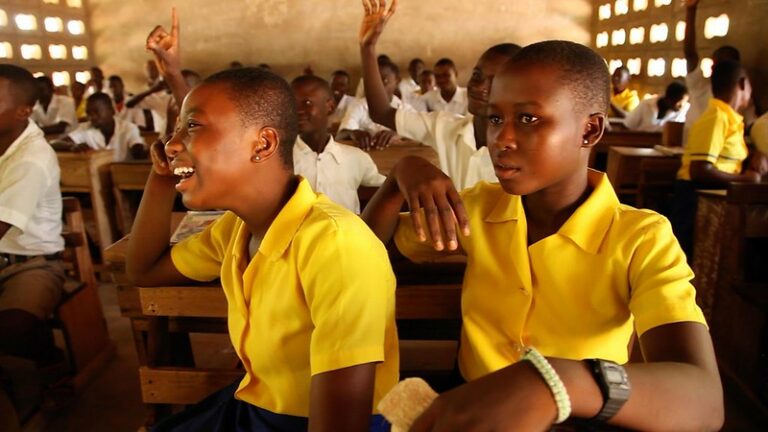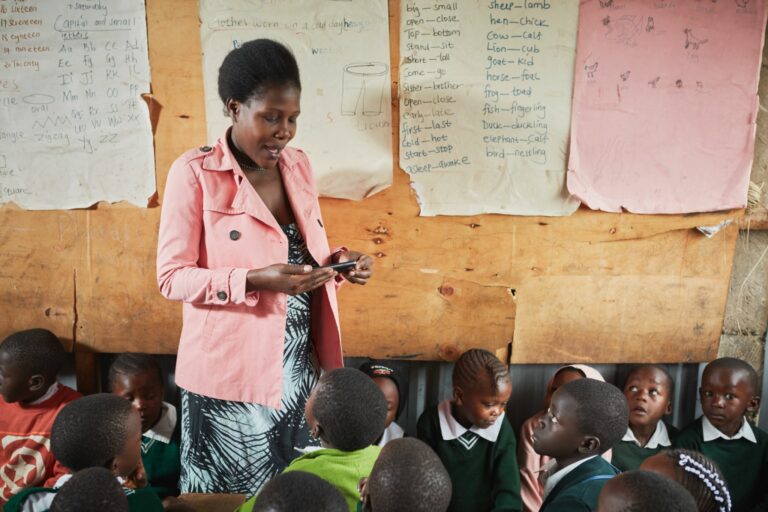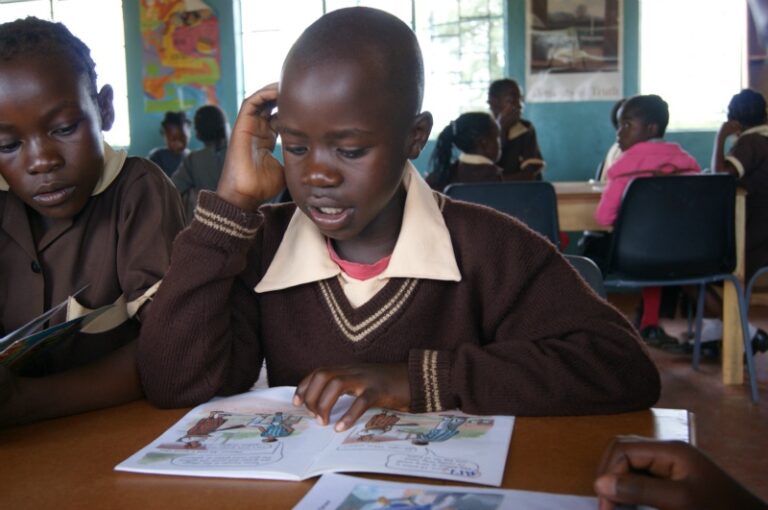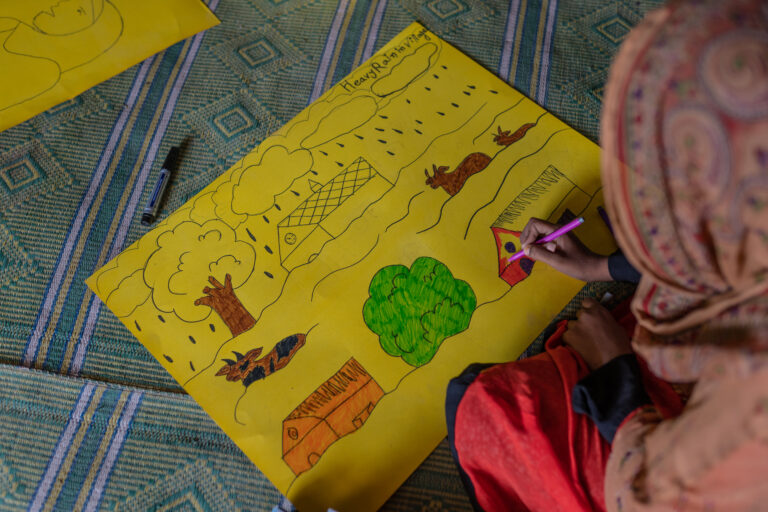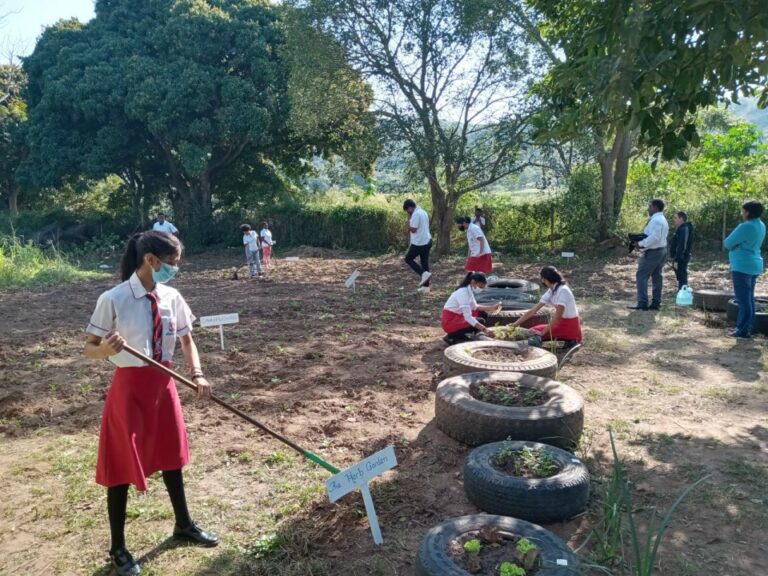How can faith-based schools improve education access and quality for disadvantaged students?

Affordable faith-based schools make up an integral part of the non-state school ecosystem and offer unique opportunities to expand access to education, especially for marginalized communities in low- and middle-income countries. In Pakistan, in 2017/18, 8 percent of all students were enrolled in non-state religious schools, and in Indonesia, madrasas and Islamic boarding schools accounted for 35 percent of all private schools. In Sub-Saharan Africa in 2014, faith-based schools enrolled 14 percent of all primary school students and 11 percent of secondary school students.
Faith-based schools and organizations are often successful at reaching underserved populations and play a particularly important role in fragile and conflict-affected states and in isolated and marginalized areas. Given this advantage, and their significant share of the current education market, low-cost faith-based schools can play a key role in expanding access to education.
A new evidence brief from the Education Finance Network, Faith-based Schools: Conditions for Success, reviews existing literature to understand the conditions that enable faith-based schools to improve educational access and deliver quality education. To better understand the impact these schools can have, and how governments can support them to improve access and quality of education, the Education Finance Network spoke to two members with experience of working with faith-based schools: Shem Bodo, Senior Programs Officer at the Association for the Development of Education in Africa (ADEA) and Mariana Cruz Murueta, USAID’s LAC Regional Hub Coordinator at EDC (Education Development Center).
Filling gaps in public school provision in fragile and conflict-affected areas
Faith-based schools located in fragile states play an important role where the government’s ability to provide education may be hindered by conflict, crises, and resource constraints. Describing the context in northeastern Kenya, where a large part of the population is nomadic and where inter-clan conflicts are sometimes present, Shem Bodo from ADEA said: “In such situations, it can be difficult for schools to retain teachers from outside the area. The missionary and Islamic schools play an important role here as they are able to stay open and operational, including for the provision of school meals, thereby sustaining a level of access to learning.”
Reaching children in isolated and marginalized areas
Faith-based schools can also fill gaps in public school provision in marginalized communities, including hard-to-reach rural areas and minority populations. Many faith-based schools emerge organically, established to meet gaps in education provision, and are thus highly trusted by the local population.
An example from Colombia illustrates how a faith-based institution can respond to the educational needs of the community. Mariana Cruz Murueta from EDC described how a convent in Cucuta, near the Venezuelan border, started providing sexual and reproductive health (SRH) services and comprehensive sexuality education (CSE) to communities displaced as a result of the conflict situation in Venezuela. Mariana said: “As the crisis situation continued and people weren’t returning home, the nuns tried to find ways to support the communities’ wider spectrum of needs. They moved beyond SRH services and CSE and expanded their support to providing education for the children.”
The mission-driven characteristics and funding of many faith-based organizations are part of what enable them to purposely locate in isolated and low-income areas. The faith-based affiliation makes these schools better able to establish trust in these communities, based on commonly held religious beliefs.
“Faith leaders are key individuals in many rural and isolated communities in Latin America,” explained Mariana. “Families will go to them to educate their children, because they are respected and have a good reputation, and the communities trust that their children will be educated in a safe environment.”
How can governments partner with faith-based schools to improve access and quality?
One of the recommendations in the Education Finance Network’s evidence brief is that governments partner with faith-based schools when looking to expand access in hard-to-reach communities with limited public school infrastructure, rather than allocating resources to public school expansion.
“In unequal societies where the intersection of socioeconomic status, gender, location, and disabilities deepens the gap between those who can and those who cannot access the public education system, faith-based schools and institutions play a key role in guaranteeing equal access for all” said Mariana Cruz Murueta. “Governments are responsible for guaranteeing the right to education, but when their capacity is limited and local institutions and community-based organizations are willing to support them in this task, the government should be intentional and explicit on how they want to support them in their work. In this sense, governments need to offer systemic and systematic solutions aiming to raise awareness, promote collaboration, and influence a positive behavioral change.”
Shem Bodo advocates for three practical actions that governments can take to support faith-based schools to deliver high-quality education: “Firstly, governments can provide or improve infrastructure, such as roads, to help children access the schools. Secondly, governments should engage with faith-based school authorities to collect data to inform national education planning and budgeting. Thirdly, governments can support faith-based schools by seconding trained teachers, which can contribute to ensuring a level of quality and easing the financial burden on the school.”
Effective partnerships with faith-based schools allow governments to channel support to the schools, for example in the form of subsidies, that can encourage faith-based schools to align with standardized curriculums and ensure they meet minimum standards of teaching quality. Greater collaboration between governments and faith-based schools can create more equitable and effective educational opportunities for all students, further closing the gap to achieving universal education for all children everywhere.
